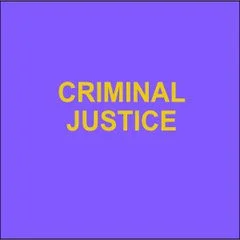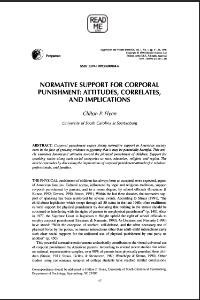By Jared Trujillo
The relationship between incarceration and poverty is circular, cyclical, and symbiotic – poverty is a cause of incarceration, and incarceration causes poverty. In the 1970’s and 1990’s, New York led the country in enacting draconian sentencing laws that required judges to sentence children and adults to longer periods of incarceration, while also reducing the ability of incarcerated people to earn time off of their sentences for participation in rehabilitative, vocational, and educational programming. For the past half century, these harsh sentencing laws have been the primary driver of mass incarceration in New York. As a result, generations of families with criminal legal system involvement have been damned to multigenerational poverty. This is most profound in low-income communities, particularly low-income Black and brown communities.
Incarceration often deprives children, partners, and other family members of a breadwinner. Even when breadwinners are released from incarceration, incomes for former imprisoned people are between ten and twenty percent lower than those who were never imprisoned. Even incomes for those formerly incarcerated in juvenile detention facilities are lower than the incomes of those who were not. Further, the children of incarcerated parents suffer from psychological, emotional, and educational trauma. These children are six times more likely to be incarcerated in their lives than their peers who do not have incarcerated parents. Romantic partners and co-parents of incarcerated people often struggle with anxiety, stress, and financial precarity. Mass incarceration in New York continues to be a policy choice, and sentencing reform is an important tool to fight individual and multigenerational poverty.
This article ultimately presents five legislative proposals that would reduce mass incarceration in New York. Repealing the juvenile offender statute will prevent children as young as 13 years old from being given life sentences; the Youth Justice and Opportunities Act would expand, strengthen, and establish alternative sentencing structures for people under 26 years old that would limit the length of incarceration while also sparing young people from the scarlet mark of a permanent criminal conviction; the Eliminate Mandatory Minimums Act would unchain judges from the rigidity and cruelty of New York’s current sentencing paradigm, while requiring them to consider noncustodial sentences and alternatives to incarceration; the Second Look Act would enable those who are already sentenced to long periods of incarceration to apply for a reduced sentence; and the Earned Time Act would enable incarcerated people to earn time off of their sentence for participating in educational, rehabilitative, or vocational programming.
26 CUNY L. Rev. 225 (2023). 42p.





